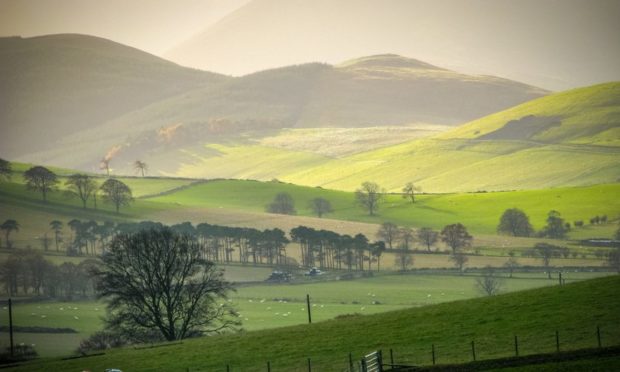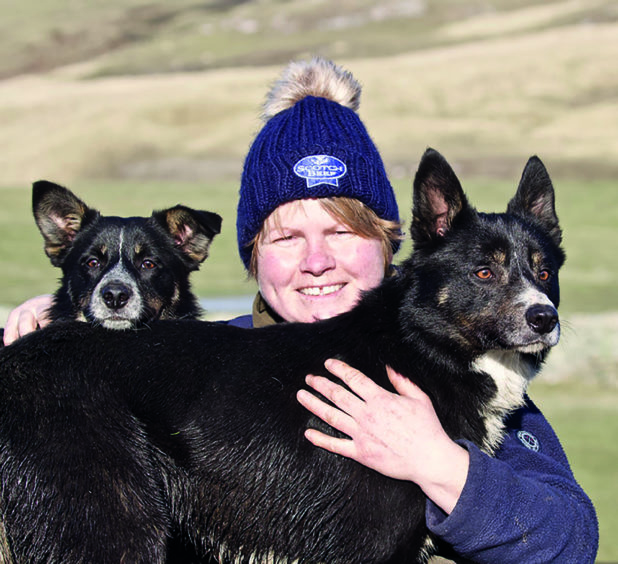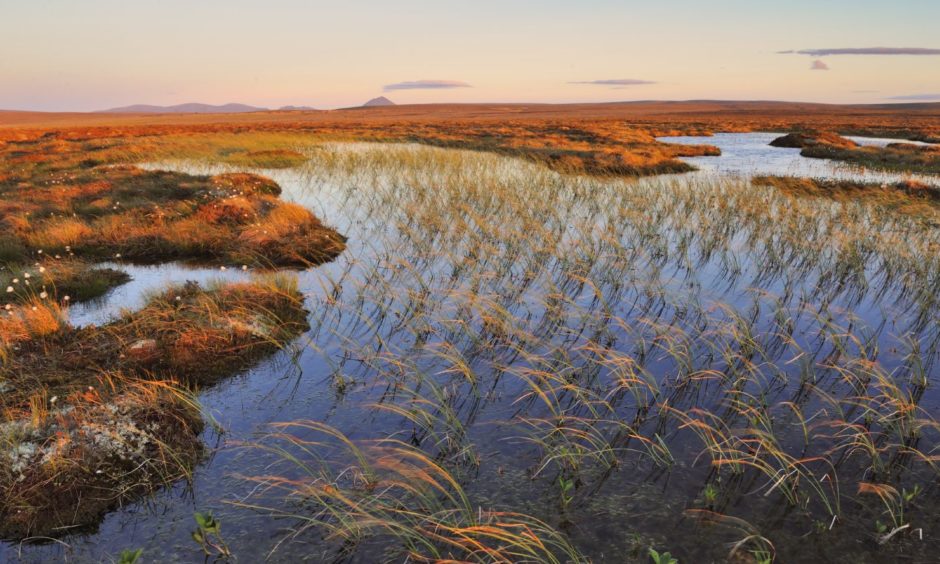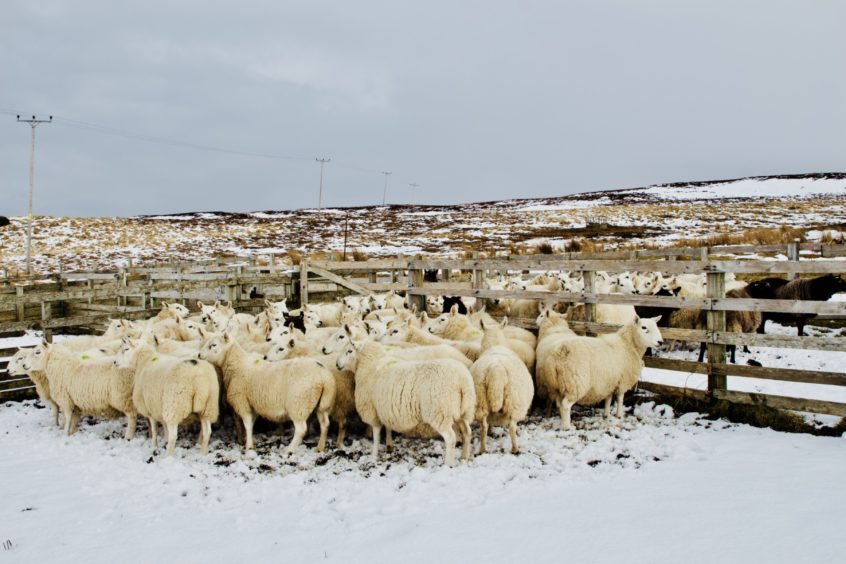Scottish agriculture contributes around a quarter of our country’s greenhouse gas emissions, making us a significant contributor to climate change.
The Scottish Government has committed to met legally-binding targets on these emissions. It has also committed to contributing to biodiversity targets.
Our industry needs to show willing to step up and deliver, while still producing top quality food.
The new farmers’ union president, Martin Kennedy and myself were asked to co-chair the Scottish Government’s farmer-led hill, upland and crofting group. Our group has been asked to deliver a range of recommendations for our sector to hit these targets, while improving profitability, efficiency and guide future sustainable land use in the less favoured areas (LFA).
We’ve also been asked to look at emission reductions and efficiencies right across the Scottish sheep flock.
The full remit and the list of our group’s members can be found at www.gov.scot/publications/hill-upland-and-crofting-group-remit/
Our group represent a wide demographic and a great depth of knowledge, and the online meeting format has ensured good turnouts.
Everyone has given up a significant amount of their time, and they all care passionately, with emails arriving into the wee small hours along with regular phone calls and messages with feedback and ideas.
We’ve heard from a wide range of experts, called for evidence from individuals and industry representative organisations and read many research and scientific papers.
There’s a very blunt message – if we do nothing, the dangers to our planet are real, with a very bleak outlook for humanity, the environment around us, and everything in it.
As James Rebanks recently highlighted in his best-selling book, English Pastoral, it’s not a case of the environment versus production – we can do both with a balanced holistic approach.
The LFAs of Scotland carry more environmental designations, (SSSI, SPA and SAC’s) than the rest of the UK put together. Many crofters and farmers already operate within High Nature Value practices. The limitations of the land makes working with nature the easiest way.
The demands of tree planting must be balanced against the right tree in the right place.
This must be science-led when it comes to peat disturbance. We all know what bad policy looked like in the late seventies and eighties, as large tracts of deep peat in the north’s flow country was mercilessly ploughed up and planted.
It was an environmental disaster.
More integrated trees and hedges will need to be planted where appropriate and ambitious peatland restoration projects will have to happen to reduce degraded peat emitting carbon – alongside implementing measures to increase biodiversity, improve water quality, soil health and, in parts, deer management.
Improved production efficiencies can reduce our carbon footprint and increase profitability.
We’ll need activity and boots on the ground to deliver all these objectives. Clear support and industry understanding on what’s needed and how to deliver those outcomes, as well as producing food, maintaining viable rural communities, businesses and keeping lights on in the hills and glens.
As Bob Dylan sang, The Times Are A Changin’. It’s how we as an industry adjust to these changes that will be key to our future success and sustainability.
Time to look in the mirror and ask yourself if you can step up and deliver more for future generations and our planet?
Joyce Campbell farms at Armadale on the north coast of Sutherland



